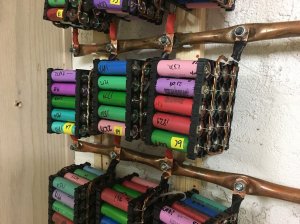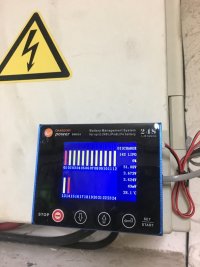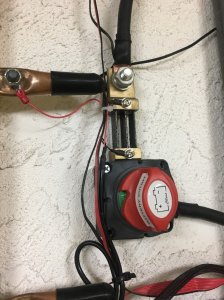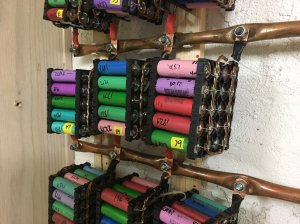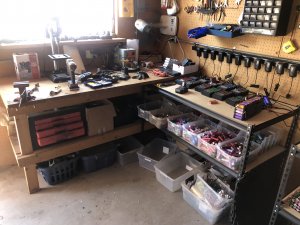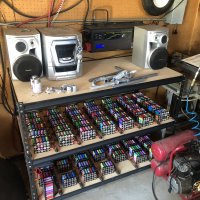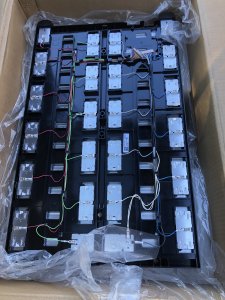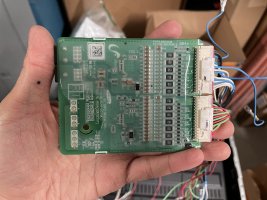higher_wire
Member
- Joined
- Aug 30, 2017
- Messages
- 61
I'm designing a powerwall setup for the eventual move to off-grid solar. I'm collecting 18650s, and planning to connect them similar to HBPowerwall (14s80p, ~10kWh), and expand as I continue to collect cells.
I also plan to initiallysegregate the house so that all lights andsmall appliances running 110VAC will be able to run completely off-grid, with 220VAC (air conditioning, dryer, water heater, etc.) running on-grid in the short-term, due to a lack of cost-effective inverter options at the moment. My power company charges a monthly$50 "grid use" fee for on-grid solar, which is more than my average monthly bill (less taxes/fees), so I would like to keep it completely divorced to avoid this.
I'd appreciate any input on this proposed system.
- 48v system
- Charge controller: MPP PCM60x
- Inverter: TBD
- BMS: Leaning toward TinyBMS(awaiting a response to my questions)
I also plan to initiallysegregate the house so that all lights andsmall appliances running 110VAC will be able to run completely off-grid, with 220VAC (air conditioning, dryer, water heater, etc.) running on-grid in the short-term, due to a lack of cost-effective inverter options at the moment. My power company charges a monthly$50 "grid use" fee for on-grid solar, which is more than my average monthly bill (less taxes/fees), so I would like to keep it completely divorced to avoid this.
I'd appreciate any input on this proposed system.




